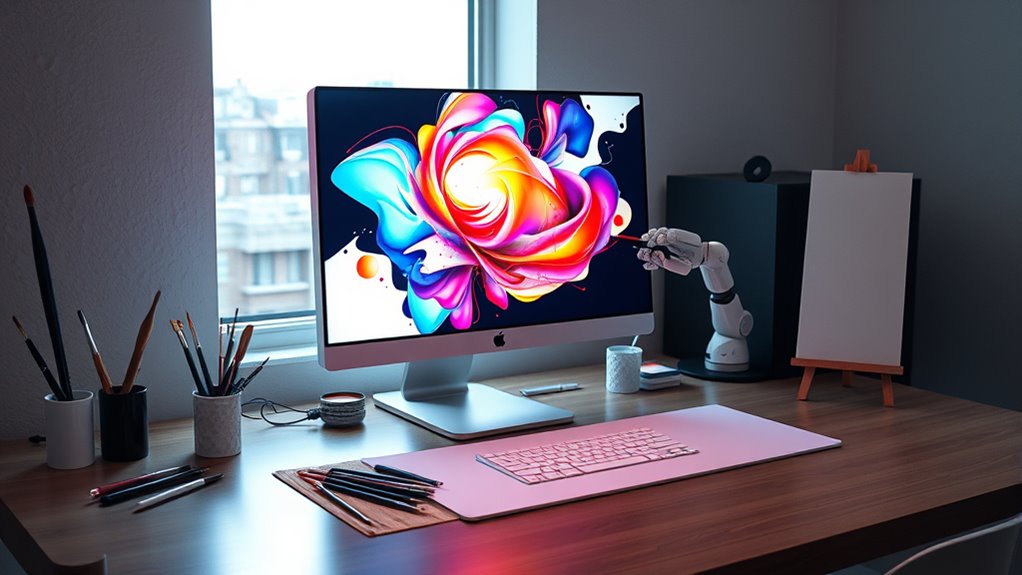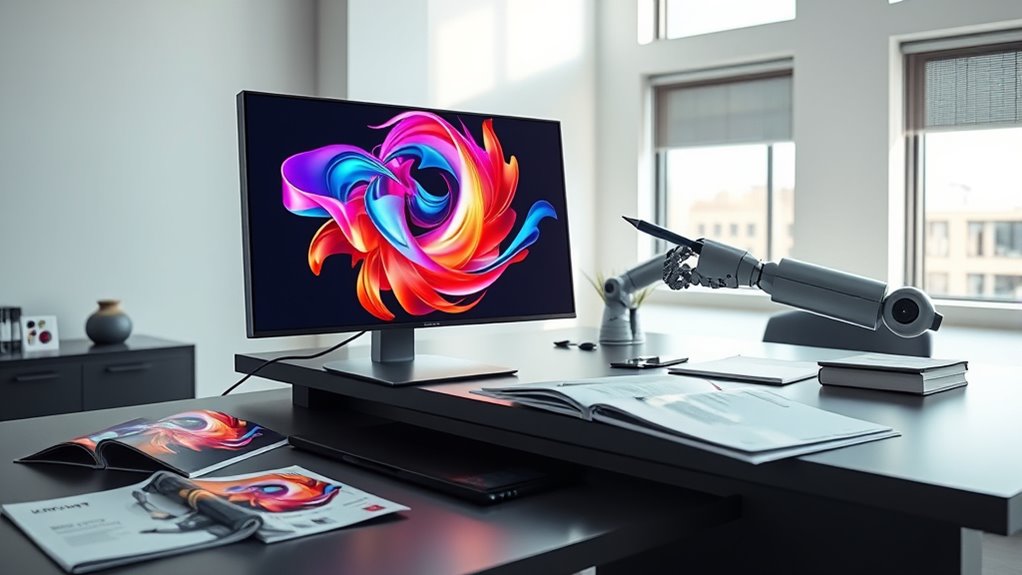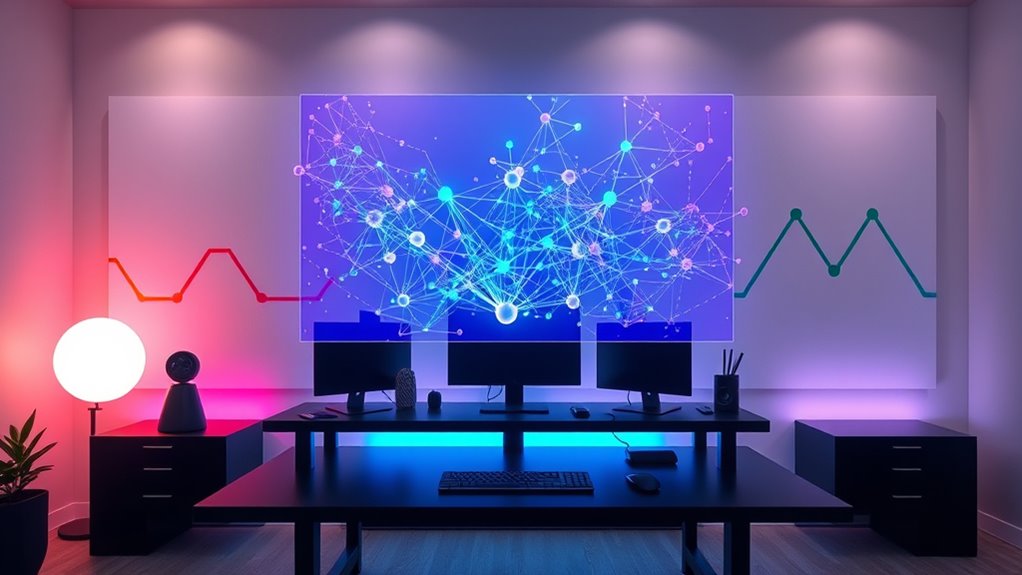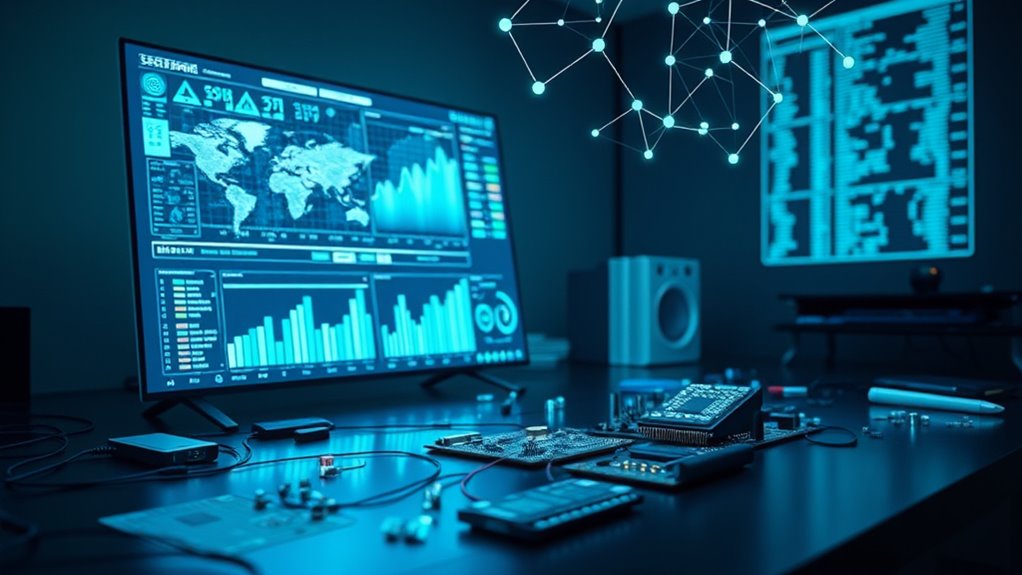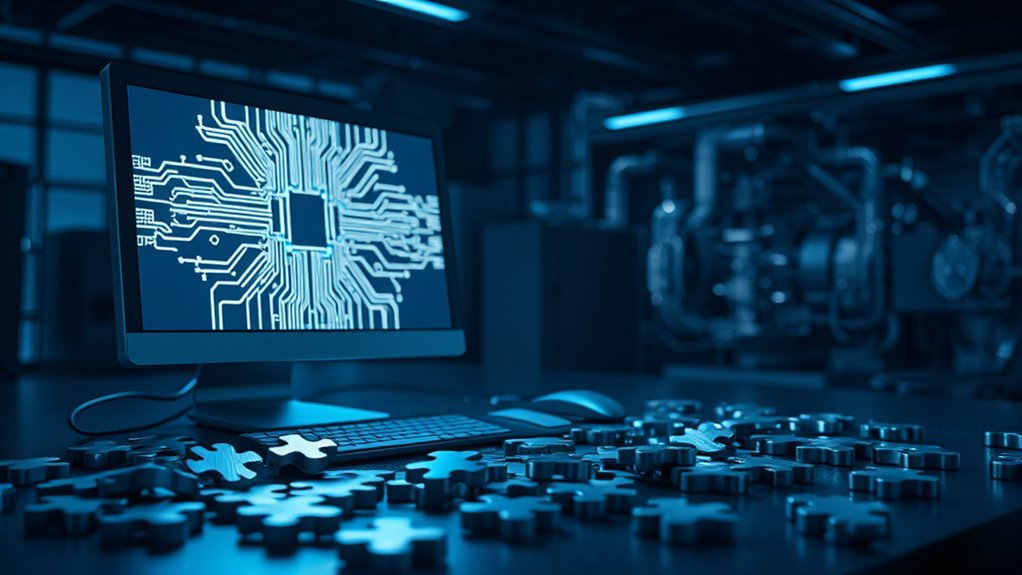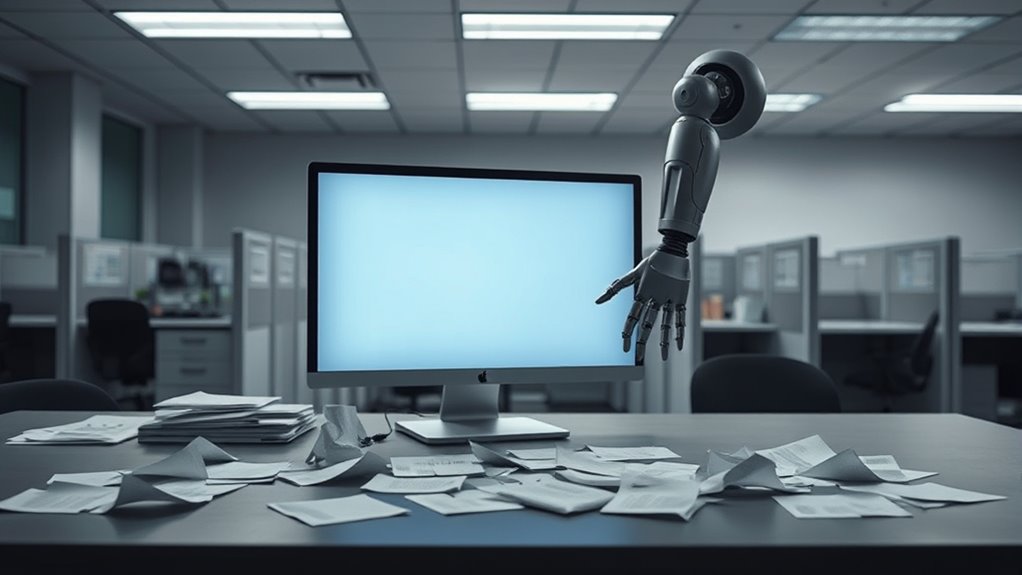Although technology is changing fast, the rise of AI-generated art has opened up a new world for artists and buyers. This new form of art, created by computer programs, is gaining attention. It’s made using tools like generative algorithms and neural style transfer. These tools learn from huge sets of existing art to create unique images, music, and other digital works. The results can be complex and look as good as human-made art. Many are amazed by how AI can push creative boundaries and explore fresh styles.
AI-generated art, crafted by advanced tools like neural style transfer, amazes with its complexity and pushes creative boundaries in stunning ways.
The market for AI-generated art is growing quickly. There’s a rising demand for these digital pieces, and they can be sold on platforms like Etsy and Redbubble. These sites have their own rules for selling AI art, so users must follow them. Artists can also use print-on-demand services to put their designs on products like shirts or mugs. This lets them reach a global audience through online marketplaces. It’s a big opportunity for anyone wanting to share their creations worldwide. Additionally, under current U.S. law, AI-generated art cannot be registered for copyright protection (cannot be copyrighted). Popular styles in this market include Pop Art and Abstract Art, reflecting diverse buyer preferences (diverse buyer preferences).
However, there’re some tricky issues to know about. Under current U.S. law, AI-generated art can’t be copyrighted. Once it’s made, it’s in the public domain, meaning anyone can use it. Ownership usually belongs to the person who used the AI tool, but some platforms have rules that might limit this. Furthermore, the ethical debate continues as AI often relies on existing artworks for training, raising concerns about potential copyright infringement.
There’re also ethical questions. For instance, should sellers tell buyers the art is AI-made? Many believe transparency is important. Questions also pop up about who should profit from the sales since the art isn’t fully human-created.
Selling platforms often ask for honesty about AI art. They might require sellers to say clearly that a piece was made by a computer. Building a strong artist profile on these sites can help gain trust and visibility. Plus, AI art can be turned into all sorts of merchandise, opening up more ways to sell.
As this field grows, disputes over ownership or usage rights might happen. The world of AI art is exciting, but it’s still full of unanswered questions as laws and ethics catch up with technology.
